Michael Brown. Walter Scott. Eric Garner. Freddie Gray.
All black men, most unarmed, each died at the hands of police or while in police custody, their names making headlines and drawing international attention to what Cornell William Brooks (STH’87, Hon.’15), president of the NAACP, calls the “overwhelmingly major, often lethal, use of police force” disproportionately targeting people of color in America.
This summer, the Metropolitan College course Race, Crime, and Justice examined the social, historical, and political forces that shape the American justice system. Studying the underlying factors behind the headlines “is crucial for anyone seeking to understand the complexities of criminal justice in American society,” course instructor Janice A. Iwama said. A doctoral candidate at Northeastern University’s School of Criminology and Criminal Justice, Iwama studies hate crimes against immigrants as well as issues of justice and people of color.
Interweaving history with current events, the class looked at issues of victimization by police and the courts, discrimination in criminal sentencing, imprisonment and the death penalty, and juvenile justice, as well as examining crime and immigration. Throughout the course the students in the small class, one of them a Boston police officer, considered the role of police in daily life—where and when are they seen as benign protectors, and when are they viewed as militarized, over-armed, and adversarial?
During one class, Iwama asked the students to put recent events into context as she covered a timeline of pivotal points in race relations and criminal justice. There were, of course, the Jim Crow years following the Civil War. There was the desegregation of the nation’s public schools in the wake of the landmark 1954 Supreme Court decision Brown v. Board of Education. There was the Civil Rights Act of 1964. But Iwama urged the students to compare a period not long before their birth—the civil unrest of the 1960s that brought urban chaos and rioting to the Watts section of Los Angeles in 1965, followed in 1967 by similar incidents in Newark, and a year later in Chicago—to what has occurred in the past few years. Citing what the New York Times describes as “scenes of chaos” on the streets of Baltimore this past April in the wake of Freddie Gray’s death after falling into a coma in a police van, Iwama urged the students to draw parallels between today and the unrest of the ’60s. What are the similarities and what are the differences? Are we facing bigger problems today?
“It’s not worse, but it’s very different,” said Tara Olivo (MET’16). “In the ’60s we didn’t have social media, 24-hour news coverage, or cell phones.” Kenisha Benjamin (MET’16) said she believes that for people of color, the present may be worse in some ways. “Police are portrayed as the enemy,” she said. “They are the bad guys, and they aren’t there for our protection.” Boston police officer Jean-Paul Limontas (MET’16) said that comparisons like these “do no good unless you learn from them.”

Boston police officer Jean-Paul Limontas (MET’16) makes a point about community policing policy during a recent Race, Crime, and Justice class.
Iwama pointed out that one major difference in today’s climate is massive incarceration, which affects people of color disproportionately, A 2013 report by the Sentencing Project, a Washington D.C.–based nonprofit organization advocating for prison reform, predicts that one out of three black men will be imprisoned in their lifetime. “We have to reduce massive incarceration not because we want to, but because we must,” said Iwama. She attributes the vast imbalance in part to policing intervention policies such as stop-and-frisk, racial profiling, and the post-9/11 curtailing of civil liberties in the name of the war on terrorism.
She stressed that most of the recent cases of race-based police violence are linked by the nation’s persistent and growing income gap. “We have all these rules, policies, and practices, but we see problems that aren’t being responded to,” she said. Recommendations such as bias-free policing and minority recruitment among police have existed since the civil rights era, and “we need to focus on evidence-based practices.” She asked the class to assess the value of community policing, a federally backed program established in 1994 that’s based on the philosophy that allocating police to urban neighborhoods and giving them a routinely high profile fosters familiarity, trust, and a reduction in crime.
“It’s too loosely defined,” Limontas said, citing a philosophical divide about whether police are a paramilitary organization: if police see themselves that way they don’t want to assign 30 officers to hand out Crime Watch stickers. “But community policing would work if you let police officers do it,” he said.
Iwama noted that as promising as it seemed early on, “we don’t know how to measure the effects of community policing. We only look at the number of arrests.” So by this measure a cop is not doing his job by moving panhandlers or otherwise working to improve the quality of urban life. “We’re trying to achieve too many things at once,” she said.
“And the community that needs the program the most is the least likely to trust or to want to work with the police,” said Limontas.
Iwama prodded the students to consider whether another Ferguson, Mo., where black teen Michael Brown was killed last August by a white police officer, leading to protests and civil unrest, could be prevented by hiring more people of color as police. “We don’t know,” she said. “New York City has one of the most diverse police departments in the country,” and it was where Eric Garner died after being put in a chokehold during an arrest in July 2014 (a $5.9 million settlement between New York City and Garner’s family was reached July 13). In a way, recent cases of excessive police force have pundits and policy makers circling the real problem, she said, and “race will always be a factor. But will law enforcement and lawmakers face the challenges of inequality in housing, in education, in jobs?”
Iwama often works as an impartial observer in resolving police discrimination cases, and economics, not race, is at the core of the struggles in cities from Missouri to Maryland, she said. “Look at Freddie Gray’s neighborhood, at the high percentage of people without high school diplomas, of the high number of vacant or abandoned homes, of the percentage of children under six with elevated levels of lead in their blood. We’ve failed to address these problems.”
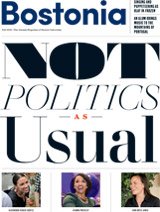

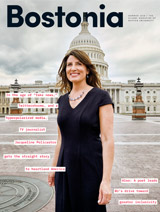
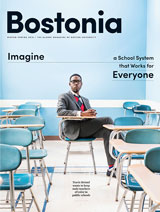
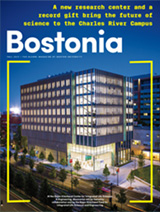
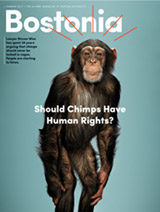
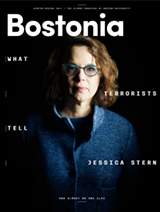
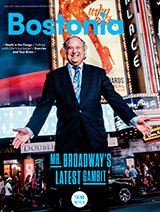
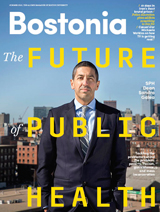
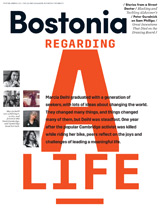
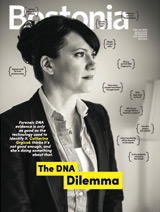
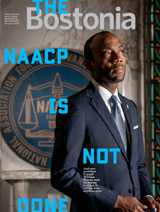
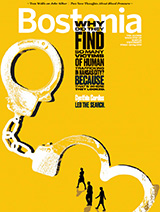
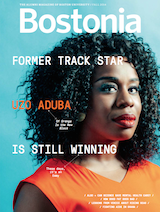


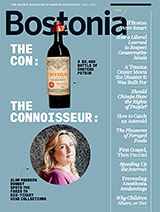
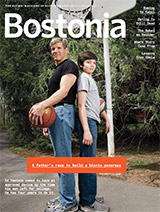
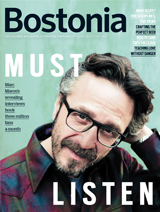
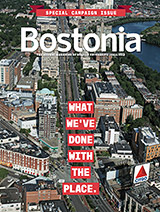
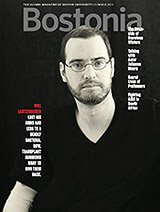
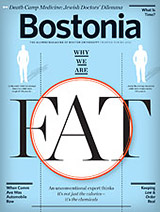

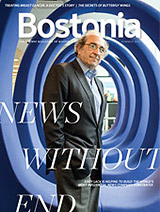


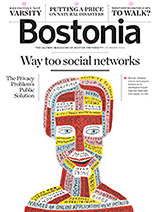
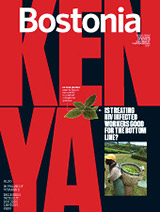
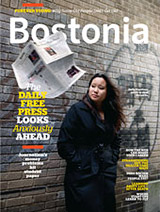

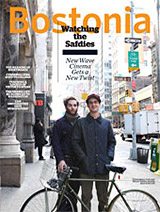



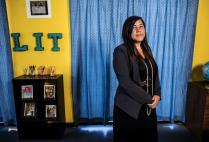



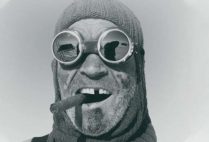
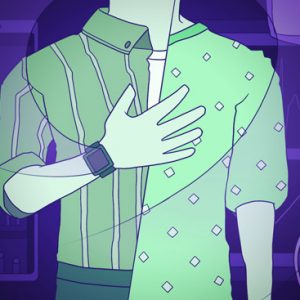
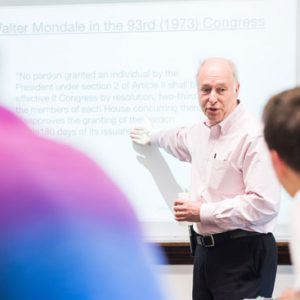


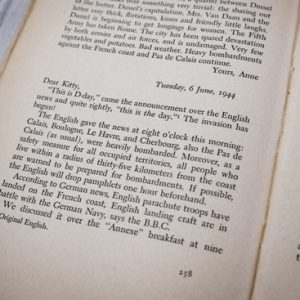
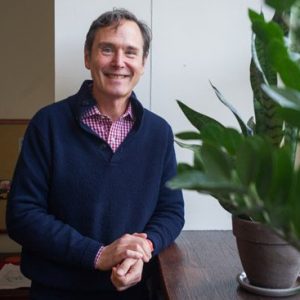

Related Stories
MET’s Online Criminal Justice Program Tops U.S. News Rankings
Computer information, management also lead among online offerings
Former NAACP Head Examines Ethics, Law, and Justice Movements
Cornell William Brooks (STH’87, Hon.’15) a visiting professor at STH and LAW
BU Police Department Wins National Accreditation
First such recognition for University police
Post Your Comment